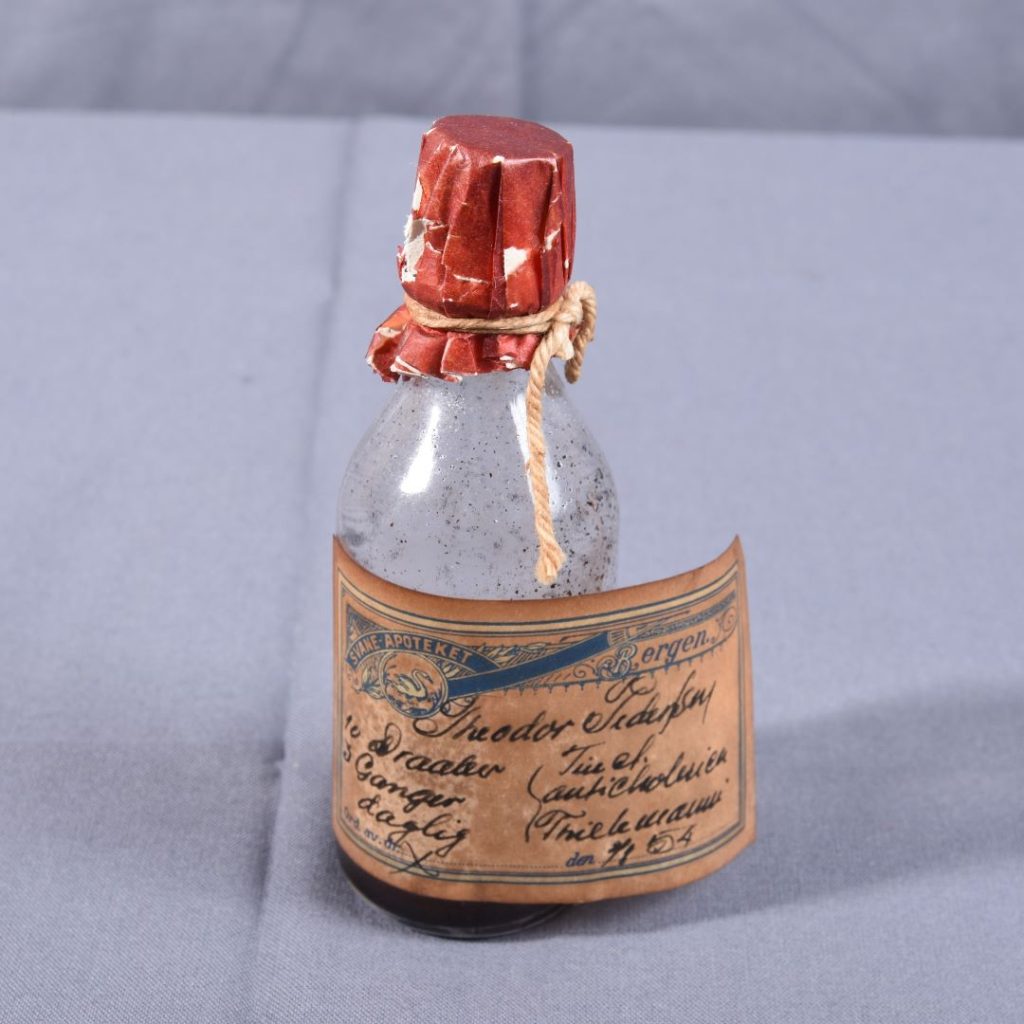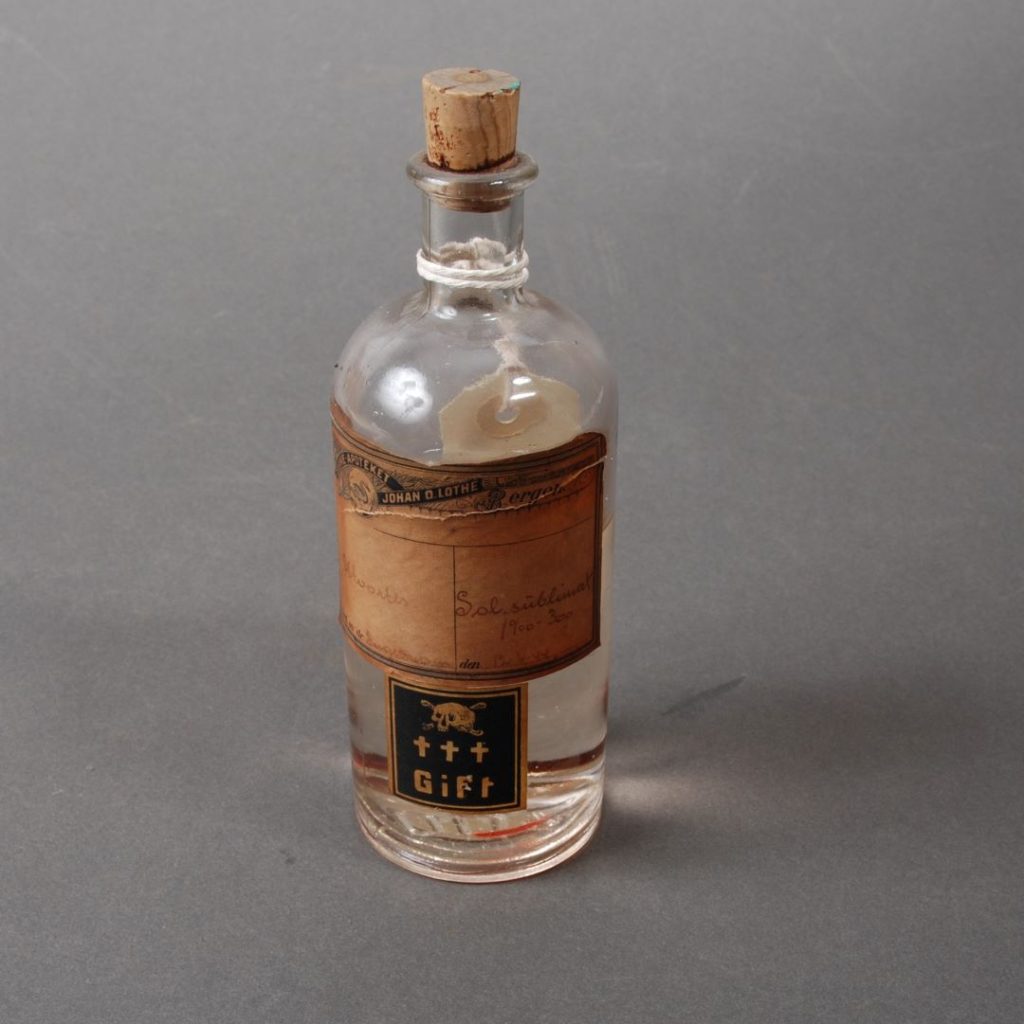‘Reluctance’ to curative trials at St. Jørgen’s
St. Jørgen’s Hospital was primarily a care institution. From the end of the 18th century, sporadic curative attempts were carried out by the city physician and others, but it was not until the 1840s that residents were monitored by a dedicated physician. During Danielssen’s tenure as a physician at St. Jørgen’s in the 1840s, there was an increased focus on research and trialling treatment methods. When Lungegård Hospital was taken into use as a research hospital for leprosy and Danielssen became head physician there, the residents in St. Jørgen’s once again received little medical attention.
It is easy to imagine that the residents would be eager to test possible treatments, but many of them were evidently sceptical of the physicians. They would rather decide for themselves the treatment they received and what they could eat. The annual report of the physicians associated with St. Jørgen’s in the mid-19th century repeatedly describes residents not following the doctors’ dietary advice and suggestions for possible treatments. The physicians complained that this made their work at the hospital difficult.
In 1843, city physician Heiberg writes about ‘the reluctance of patients, who could not bring themselves to endure a perfectly reasonable treatment’. Having to take medication over a prolonged period of time was especially problematic. They would sometimes take medicine just to avoid offending the doctor, but would eventually declare that they would no longer take the medication. Danielssen also describes using all his powers of persuasion to get the residents to take their medication. He saw the times he managed to persuade a patient to follow his recommendations as a ‘win’.
Many of the residents preferred bloodletting. It was a method that was familiar and that they believed could cure different ailments. They frequently described feeling better after the treatment. It is understandable that residents did not want to try treatments that may be unsafe and in many cases could have side effects.


Medicine bottles prescribed to St. Jørgen’s Hospital. One of them is marked ‘Poison’.
Photo: Bergen City Museum.



